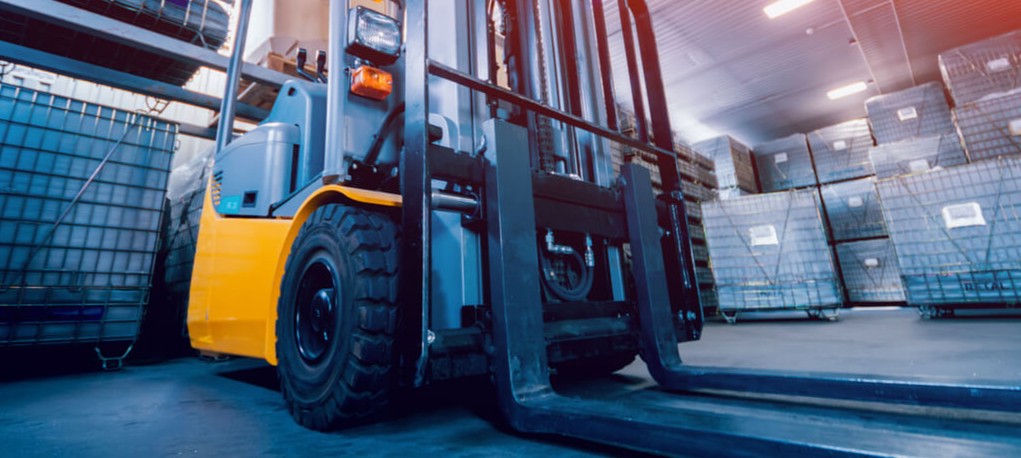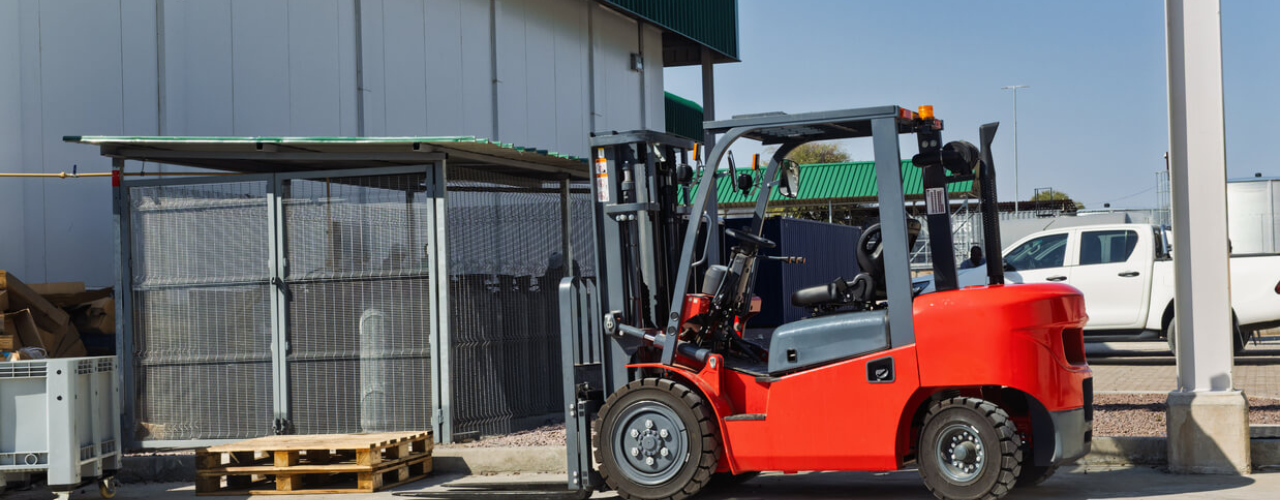
Blog
How to Match the Right Forklift to Your Warehouse Layout

Your warehouse layout governs its entire operational flow. A misstep in forklift selection cripples efficiency, creating bottlenecks, damaging product, inviting safety hazards, and simply wasting valuable space. Optimal forklift matching is not just about moving goods; it is about streamlining your entire operation for peak productivity.
Glosrose guides these crucial decisions. With over 48 years in this business, we grasp the true complexities of warehouse environments. We pinpoint the exact equipment you need. Take the Doosan forklift, for instance – a robust, reliable workhorse. Crucially, these dependable machines now fall under the wider Bobcat family.
This evolution underscores their enduring quality and market presence. Our multi-brand expertise at Glosrose means we navigate these industry shifts, ensuring you always secure the right equipment, regardless of its corporate lineage. For more on the range, explore the Bobcat forklifts available through Glosrose. For a deeper understanding of our company’s journey and commitment, visit our About Us page.
Understanding Your Warehouse Layout: Key Dimensions
Effective forklift selection begins with a thorough understanding of your warehouse’s physical characteristics and operational demands.
What are the critical dimensions of my warehouse layout?
- Aisle Width: This determines the manoeuvrability needed. Warehouses have wide aisles (over 12 feet), standard aisles (10-12 feet), narrow aisles (8-10 feet), or very narrow aisles (under 6 feet).
- Racking Height: Consider the maximum lift height required. Racking can be low (under 15 feet), medium (15-30 feet), or high (over 30 feet).
- Floor Conditions: Evaluate the surface. Floors can be smooth concrete, uneven, or include ramps. This impacts tire selection and stability.
- Doorways and Clearances: Note all overhead and side restrictions. Ensure equipment fits through all necessary access points.
- Operational Flow: Map your typical movement patterns. This includes loading, unloading, storage, picking, and shipping zones.
Forklift Types and Their Layout Suitability
Different forklift types suit specific warehouse layouts and tasks.
- Counterbalance Forklifts: Versatile for general use in wide aisles. They handle heavy loads and operate well both indoors and outdoors on even surfaces. A Doosan forklift in this category offers robust performance.
- Reach Trucks: Ideal for high racking and narrower aisles. They extend their forks beyond the stabilising legs to reach deep into racking.
- Pallet Trucks and Stackers: Best for ground-level movement, smaller spaces. Pallet trucks move loads horizontally, while stackers lift pallets to lower heights.
- Order Pickers: Designed for individual item picking at height. Operators elevate with the forks to access specific products in racking.
- Very Narrow Aisle (VNA) Trucks: Built for extremely tight, high-density storage systems. They often operate within guide rails, maximising vertical space.
The Doosan Forklift in Warehouse Operations: A Legacy of Reliability
The Doosan forklift maintains a strong reputation for robust, efficient performance in warehouse environments. These machines offer durability and operator comfort, making them a consistent choice for demanding operations.
Matching the Forklift to Your Specific Warehouse Challenges
Strategic matching of equipment to your layout optimises every operation.
- Optimising Narrow Aisles: Choose compact chassis designs and multi-directional capabilities. Reach trucks or VNA models excel in tight turns and limited space.
- Conquering High Racking: Focus on lift height and stability at elevation. Reach trucks and VNA models provide the necessary vertical reach for high-density storage.
- Navigating Varied Floor Conditions: Select appropriate tire types. Cushion tires suit smooth, indoor surfaces, while pneumatic tires handle uneven outdoor areas. Consider suspension for operator comfort on rougher floors.
- Throughput and Volume Demands: These factors influence required capacity, speed, and battery life. High-volume operations demand faster, more powerful machines with extended battery performance or quick-change battery systems. A reliable Doosan forklift can meet these demands.
Beyond the Machine: Operational Success Factors
Effective forklift operation extends beyond equipment selection.
- Operator Training: This remains critical for safety and efficiency. Properly trained operators maximise machine capabilities and minimise risks.
- Maintenance and Servicing: Regular maintenance ensures uptime and compliance. Glosrose provides comprehensive servicing to keep your fleet operational.
- Safety Features: Essential for warehouse environments. Look for features like load stability systems, visibility aids (cameras, mirrors), and ergonomic controls.
Glosrose: Your Partner in Strategic Forklift Selection
Glosrose commits to multi-brand solutions and problem-solving. We guide you through the selection process, ensuring your equipment aligns perfectly with your warehouse layout and operational needs. We offer both hire and purchase options, backed by comprehensive support services. For instance, if a Doosan forklift is the ideal fit, we ensure seamless acquisition and support.
Do not let an inefficient layout hinder your operations. Partner with Glosrose to secure the ideal forklift that brings precision, power, and practical safety to your warehouse. Consider a Doosan forklift or any other brand; we provide expert guidance.
If you need advice, feel free to contact us! Our specialists know exactly what your project or warehouse might need.
FAQs: Common Questions on Warehouse Forklifts
What type of forklift is best for very narrow aisles?
Very Narrow Aisle (VNA) trucks or turret trucks are specifically designed for extremely tight aisles, often operating within guide rails to maximise storage density.
How does floor condition affect forklift choice in a warehouse?
Smooth concrete floors suit cushion tires, which offer better manoeuvrability. Uneven or outdoor surfaces require pneumatic tires for better traction and shock absorption.
Can electric forklifts handle heavy loads in warehouse environments?
Yes, modern electric forklifts offer significant power and can handle heavy loads. They are ideal for indoor warehouse environments due to zero emissions and quiet operation. A Doosan forklift in an electric configuration is a strong contender here.
What is the typical lifespan of a warehouse forklift?
A warehouse forklift’s lifespan varies based on usage, maintenance, and type, but with proper care, many can operate efficiently for 10,000 to 20,000 hours or more, often translating to 5-10 years.
Why is operator training crucial for warehouse forklifts?
Operator training is crucial for safety, efficiency, and compliance. Trained operators reduce accidents, minimize damage to goods and equipment, and optimize workflow within the warehouse.
You May Also Like


Can the skid-steer loader take on more of the work traditionally done by compact excavators?

How UK Compliance and New Tech are Reshaping Counterbalance Forklift Training and Safety
Get in Touch
Not sure what you are looking for or need some advice for your requirements? Get in touch with us today and a member of our experienced team will be more than happy to help answer your questions.
